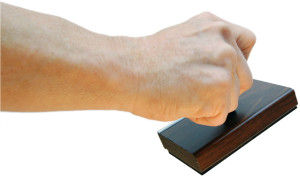When workers sustain an on-the-job accident, it can interrupt both their professional and personal lives. Knowing that there is a system in place for occupational injury compensation provides comfort and practical assistance. The work injury compensation system serves to assist employees who are injured by covering medical bills and lost income to help them return to work or support them throughout their rehabilitation. Understanding the fundamentals of this system is critical for all employees.
Eligibility and Coverage
Work injury compensation in Minnesota aims to tackle a broad spectrum of job injuries. Minnesota law recognizes the diversity of occupational dangers, ranging from immediate accidents such as slips and falls to long-term conditions induced by repetitive action or hazardous exposure. Workers’ compensation benefits cover necessary expenses such as medical bills, wage replacement, and, in some situations, retraining for a different position if returning to the former role is not possible owing to the injury. If an injury causes a permanent disability, employees may be eligible for permanent partial or total disability payments, which provide financial support in the event of long-term job limits.
The Claims Process
The procedure of filing for work injury compensation follows a prescribed order, which begins with the injured worker alerting their employer of the incident. After reporting the injury, the employer must file a claim with their workers’ compensation insurance carrier. This claim commences a review procedure in which the insurer determines the legality of the injury and its relationship to job activities. A professional attorney can ensure the protection of workers’ rights during the claims process and offer crucial advice, especially when the insurance rejects the claim. These benefits can be critical for covering immediate medical expenditures, continuing treatment expenses, and replacing a portion of the injured worker’s lost wages while they are out of work.
Returning to Work After an Injury
Recovery from a workplace injury frequently includes a transitional period in which people gradually return to work. Employees with serious injuries may be eligible for vocational rehabilitation assistance, such as retraining for alternative positions or locating suitable career prospects that match their physical ability. Work injury compensation standards encourage businesses to facilitate this transition by accommodating employees’ work restrictions, allowing them to reintegrate into their employment while lowering the danger of re-injury. This coordinated approach benefits both people and businesses by facilitating a smoother transition back to full-time employment whenever possible.
Securing the Right Support
Many workers find coping with a workplace injury to be a daunting process. Aside from the physical and mental impact of the injury itself, managing the claims procedure necessitates a thorough awareness of rights and duties. Workers’ compensation system is designed to provide substantial assistance to employees, aiming to protect their well-being and financial security. Work injury compensation in Minnesota is a critical safety net that demonstrates the state’s commitment to protecting its workforce. Employees who make proactive efforts, such as promptly informing their employer, receiving medical attention, and consulting legal advisers as needed, can make the process much more manageable.








